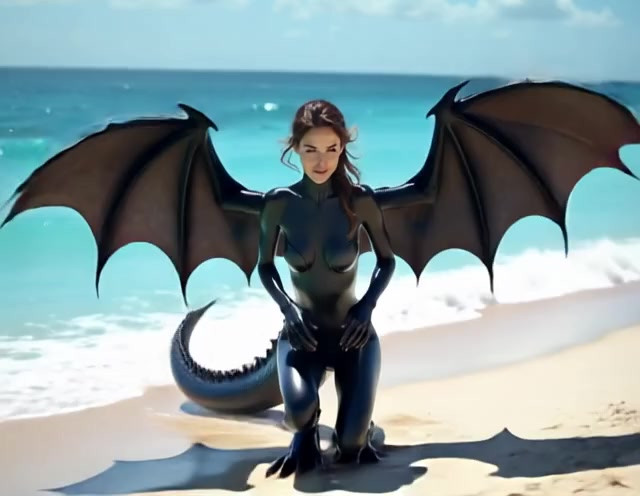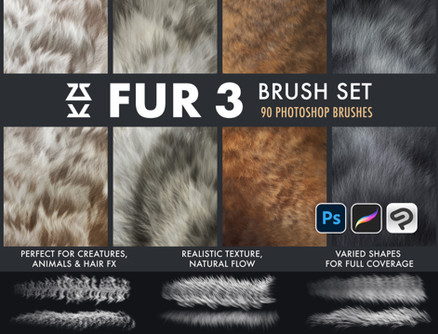HOME | DD
 Tes92 — Tutorial 3: wings (basic types)
by-nc-nd
Tes92 — Tutorial 3: wings (basic types)
by-nc-nd

Published: 2021-04-01 17:58:18 +0000 UTC; Views: 5645; Favourites: 123; Downloads: 0
Redirect to original
Description
Here I go again on my tutorial (plis I hope someone took the musical reference XD)WINGS!!! So delicious baked with some tasty sauce =¬=
But we are not here to talk about food! @`¬´@ But for dragon parts to draw! >8D
Following the cutting order, we have to talk about the wings, those nice appendages that will allow our lizard to soar through the air and burn villages from the top of a mountain. Personally I do not consider them optional in the design of a dragon, because otherwise we would be talking about a drake (terrestrial cousin of dragons, superficial and fast definition =w=U) that are also very cool, but it is not the same (I do not want to generate controversy either, better not to delve into the matter XD)
So a dragon that wants to call itself a dragon must have wings. Bigger or smaller, vestigial or amputated, but have them.
In this introductory drawing I present the two most basic types: the skin or membranous wing and the feathered wing. Are they the only
types? Of course not! Later we will see other types, but we will start with the most common.
- The membranous or skin wing is the dragon wing par excellence. Whether it is based on bats or flying dinosaurs (as in the drawing), it is basically a well-defined, elongated arm with one or more stretched fingers that form the "hand", between which is the skin that makes up the wing itself. The shape it has depends on the length of each finger in relation to the rest and the proportions of "arm" and "forearm". If we see a real bat wing, we will notice that the humerus is much shorter than the joint of the ulna and radius, since in this area a large part of the movement of the hand is generated when flying (that is why it is also the most muscular of the wing). But let's not focus solely on reality, it is a source of inspiration, the rest is up to us: the number of fingers, the length and arrangement, their anatomy or size... many times an extra "finger" is placed on the elbow, because it is cool, fills the void and helps to widen the membrane, making it more proportionate. A detail that I do consider vital: the skin must be glued to the side of the dragon's body. I know there are countless designs (great for sure) in which the membrane is born from the wing itself (Spyro, Shrek's Dragon or even Draco), but I don't really consider them appropriate for flight (although... the wings of Shrek's Dragon are tiny, I don't know how she can fly with them XD)
- The feathered or bird wings are not so common in typical dragons, although if we think about it... they make a lot of sense (you know, feathers are evolved scales and a lot of dinosaurs had them) but they are as beautiful as complicated. When we talk about the arm that is under all those feathers we see a fairly normal arm and forearm, with a membrane that joins the shoulder with the wrist (this is present in both types of wing and serves to prevent hyperextension by the force of the air in the flight), and then an atrophied "hand" where the fingers merge into a sort of mitten. In this type of wing, the general anatomy and shape of the feathers determines the type of flight: endurance (long and thin wings like those of seabirds), glide (rounded and large wings like those of vultures), speed (short like those of a hawk), agility (long, thin and curved like those of swallows)... or I invent it because it is my design and I do what I want (bravo! >






 )
)The biggest problem when drawing them is precisely the number of different feathers and their position. Ok, you can always do the simple version with a series of elongated semicircles and that's it, but the fun is to do it... more serious, right? ^^U
Important detail: the feathers overlap each other, and those farthest from the body are below the closest ones, like tiles. The most elongated are the so-called primary or wheelhouses and are those found at the tip of the wing. As we get closer to the body, they become wider and more rounded, and the upper layer, which covers the arm, is made up of small, almost semicircular feathers. I warn you: it is a pain to draw this type of wing because of the amount of detail it has, but if it is done well, the result is great (and it allows you to draw fluffy dragons like feather balls X3)
Finally, remember that the feathers are born from the wing although there is a small membrane attached to the body underneath, but it is not like in the skin wing. Each feather is like an ultralight and resistant "finger", and in birds the continuity of the wing area is maintained by the so-called scapular feathers, which grow on the back between both wings.
Okay, I think I've gotten pretty hooked up by now XD
In the following tutorials we will develop what is shown here, we will see other types of wings and we will get a little into where they are attached to the body and why ^^
I hope you like it and find it useful
































